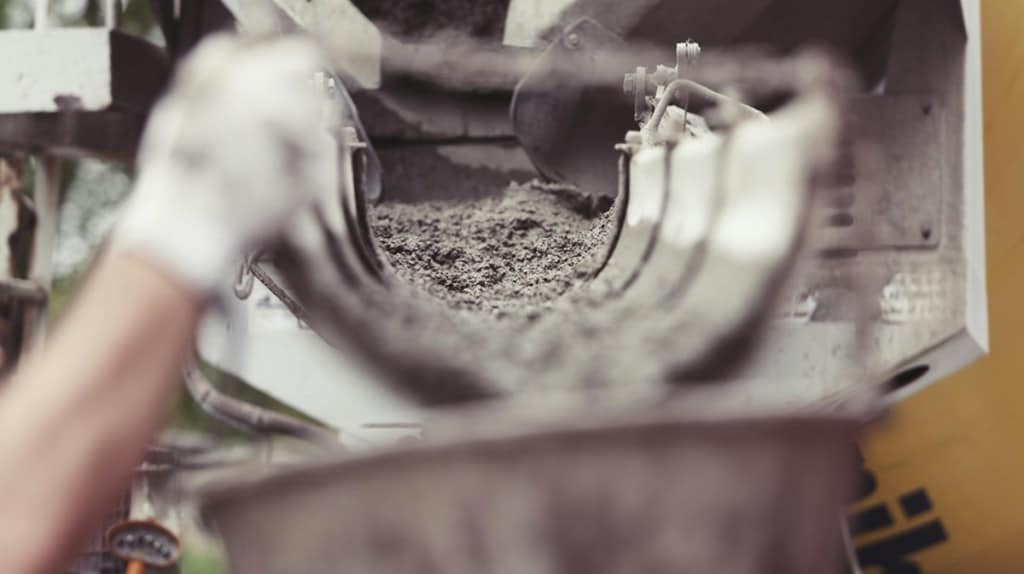The cement industry will look at a robust revival in 2025 with expectations of improvement in sales realisation, higher margins and acceleration in demand. Most brokerage reports indicate that pent-up demand, renewed capex push, and sustained momentum in the housing sector are going to drive up demand. The fact that cement prices too are holding firm is the current quarter is also seen as positive.
The sector is also in the midst of consolidation and heightened rivalry between two key corporate houses – UltraTech Cement and Adani-owned Ambuja Cement – snapping smaller players.
According to Motilal Oswal, industry volumes during October- November 2024 grew by 3-5% YoY. This was despite a challenging October affected by unseasonal rains, a high base from the previous year, and the overlap of festive seasons.
Cement sector: Demand a big positive
According to JM Financial, the cement industry is set for a revival with industry profitability expected to improve further in Q4FY25. Per the brokerage firm, the key takeaways from various management comments include: 1) demand likely to be at 6-7 per cent CAGR in the next 2-3 years; 2) prices expected to improve gradually with better demand; and 3) industry targeting sustainable cost savings of Rs 150-200/tn over the next 2-3 years.
JM Financial said that the cement demand is expected to remain strong in coming years with a growth of 7-8 per cent CAGR over FY25E-27E. Per the brokerage firm, after a brief slowdown anticipated in FY25, the sector is expected to witness strong growth, driven by positive demand fundamentals and structural changes within the industry. Further, InCred Equities stated that players like UltraTech Cement, Adani Cements (ACC + Ambuja Cements) maintained their positive stance on cement demand in India and expected the industry to grow by an average 7-9 per cent in Q4FY25.
Also, Finance Minister Nirmala Sitharaman, in her Budget speech, announced increased spending on large-scale housing and infrastructure projects, which will drive demand for construction materials including cement, and allow capacity expansion. Cement Manufacturers’ Association (CMA) had too welcomed it maintaining that the increased investments on infrastructure across states amplifies opportunities and avenues for the growth of the cement sector.
Crisil said that the demand momentum for the sector is set to improve in FY26, with traction from infrastructure and rural housing segments, leading to 7 per cent YoY growth.
Now with demand growth and average realisation improving on QoQ by around 1 per cent in Q3FY25 for the first time since Q3FY24, prices too are showing improvement across regions barring South India.
Cement prices heading north
Yes Securities said that as of Dec’24, all-India average cement prices stood at Rs 366 (an increase of Rs 8/bag) of 50 kg bag as compared to Nov’24. Per the brokerage firm, the price hike was driven by increased demand from the real estate sector, driven by better labour availability post-festive season, and an increase in orders from the infrastructure sector due to government push.
UltraTech CFO Aul Daga had earlier maintained that prices have been improving, whilst the average for the quarter will be a misrepresentation of things going forward. “August to September also we saw improvement in prices and September to October also, the prices have been steady. We are already seeing positive traction from rural markets,” he said as quoted by IKIGAI Research.
The report by IKIGAI Research maintained that each Re 1 increase in price per bag, adds Rs 67 billion to their EBITDA, translating to 2 per cent of EBITDA or 3 per cent of PAT.
Nomura on cement sector: Sustaining higher prices key
Pan-India: Per Nomura, pan-India average trade price has increased by Rs 3/bag MoM in Mar-25 so far, to Rs 346/bag. “Cement prices are flat MoM in the eastern and southern regions, while the North, South and West regions witnessed price hikes of Rs 7/bag, Rs 5/bag, and Rs 4/bag price, respectively. Demand remains flat in central, northern and eastern regions, while the western and southern regions witnessed weaker demand MoM in the month. While companies continue to try to hike prices, sustaining prices at higher levels still appears difficult,” the brokerage firm said.
In Mar-25 so far, the average trade price in the Northern region has increased by Rs 7/bag MoM to Rs 370/bag. A hike of Rs 10/bag has been taken in Rajasthan and Delhi-NCR regions. Dealers in the northern region witnessed flat demand MoM in Feb. “According to dealers, demand is expected to remain flat to weak in March mainly due to the Holi festival which causes shortage of labor. The average trade price in Q4FY25 is Rs 15/bag higher QoQ at Rs 365/bag,” Nomura report stated.
In Mar-25 so far, the Southern region’s average trade price has increased by Rs 5/bag MoM to Rs 325/bag. This increase is mainly due to Rs 20/bag hike taken in the Hyderabad region, although dealers do not expect this price hike to sustain, the report maintained.
In the Western region, in Mar-25 so far, the average trade price has increased by Rs 4/bag MoM to Rs 352/bag. “Dealers in the Pune and Nagpur regions witnessed weak demand, down 15 per cent MoM in Feb-25, while dealers in Ahmedabad witnessed flat demand MoM in Feb-25,” Nomura said.
The Eastern region saw the average trade price in Mar-25 remaining flat MoM at Rs 314/bag. In the east, Kolkata recorded a Rs 30/bag price hike during Feb’25, implying an exit price of Rs 330/bag. “As per the dealers in Kolkata, companies are expected to take a price hike of Rs 20/bag, although dealers believe it is a way to maintain current market prices,” the Nomura report stated.
In Mar-25 so far, the average trade price for the Central region has remained flat MoM at Rs 370/bag. Overall, all volumes in the central region were flat MoM in Feb-25 and this was largely due to Kumbh mela in Uttar Pradesh.


